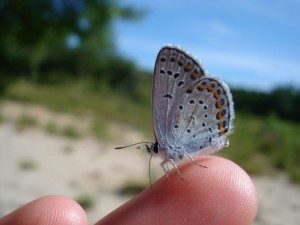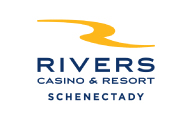News
June 1, 2017Albany Pine Bush Preserve Seeks Volunteers to Help the Endangered Karner Blue Butterfly
 Volunteers are needed to help collect native Pine Bush seeds June 12-16 & 19-23, 2017. Albany Pine Bush Preserve Commission staff will lead volunteers in the collection of Wild blue lupine flower seeds for use in Karner blue butterfly habitat restoration. This is an easily learned activity and no previous experience is required. Volunteers (age 10 and up) meet at 9:00am and 12:30pm each day at the Albany Pine Bush Discovery Center and can help for as long as they wish. Volunteers will be working off trail and should bring drinking water, snacks, insect repellent and sunscreen. For more information or to sign up visit www.AlbanyPineBush.org/events or call 518-456-0655.
Volunteers are needed to help collect native Pine Bush seeds June 12-16 & 19-23, 2017. Albany Pine Bush Preserve Commission staff will lead volunteers in the collection of Wild blue lupine flower seeds for use in Karner blue butterfly habitat restoration. This is an easily learned activity and no previous experience is required. Volunteers (age 10 and up) meet at 9:00am and 12:30pm each day at the Albany Pine Bush Discovery Center and can help for as long as they wish. Volunteers will be working off trail and should bring drinking water, snacks, insect repellent and sunscreen. For more information or to sign up visit www.AlbanyPineBush.org/events or call 518-456-0655.
Located within New York’s Capital District, the Albany Pine Bush Preserve is one of only a few inland pine barrens left in the entire world and widely considered to be the best example. The 3,300-acre Preserve is predominantly defined by gently rolling sand dunes that support an extraordinary fire-dependent habitat. According to Albany Pine Bush Preserve Steward and Botanist, Jesse Hoffman “Of the 3,300 acres of protected land, only two thirds of the acreage currently supports pine barrens habitat. The other third requires restoration with the intention of eradicating non-native vegetation and re-vegetating with native species. In order to maintain the unique ecotypes of plant species located in the Albany Pine Bush, we have committed to utilizing only sources of seed that originate in the Glacial Lake Albany footprint for all of our restoration work. This means that the many pounds of native seed required for restoration planting must be hand collected by Commission staff and volunteers.”
Hoffman continued, “The target seed species for this outing is Wild blue lupine. Wild blue lupine is of paramount importance as it is the sole food source for the state and federally-endangered Karner blue butterfly. The more seed we are able to collect, the more potential habitat we can create to support these rare and wonderful creatures.”


























